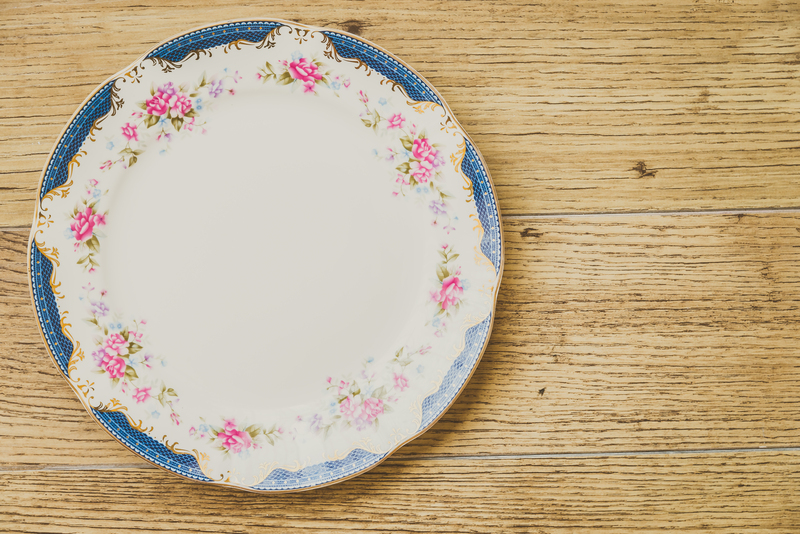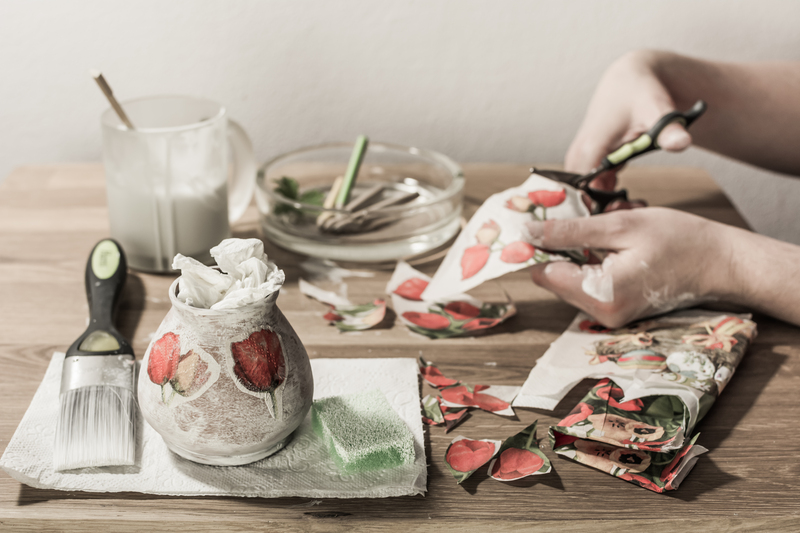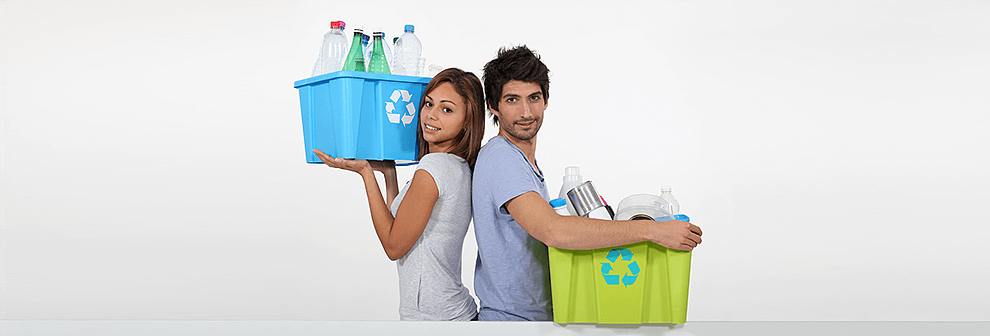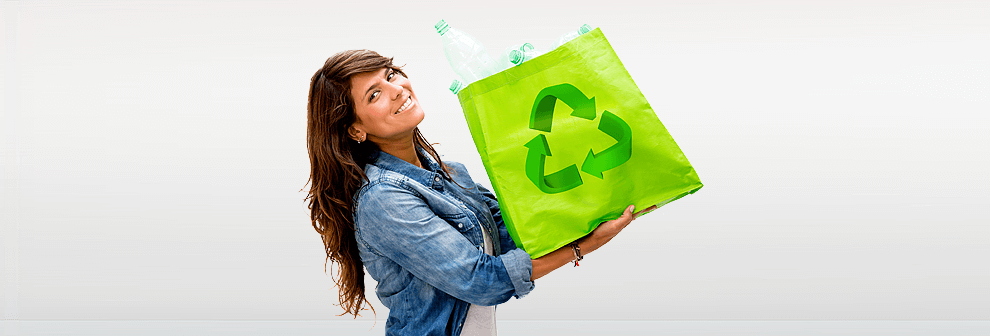Eco-Conscious Packaging Options
Posted on 28/02/2025
Eco-Conscious Packaging Options: A Sustainable Future
As awareness about environmental sustainability grows, both consumers and businesses are increasingly looking for eco-conscious packaging options. This shift is driven by the alarming effects of waste and pollution on our planet, as well as a general movement towards more sustainable lifestyles. In this article, we explore various eco-friendly packaging solutions, their benefits, and why they are essential in contemporary commerce.
What is Eco-Conscious Packaging?
Eco-conscious packaging refers to materials and methods used in packaging that have minimal environmental impact. This includes reducing waste, minimizing carbon footprints, and ensuring the use of recyclable or biodegradable materials. These practices not only help in conserving natural resources but also align with consumer demands for greener products.

The Importance of Eco-Conscious Packaging
The significance of eco-conscious packaging cannot be overstated. Traditional packaging methods, which often rely on plastics and other non-biodegradable materials, contribute massively to environmental degradation. Here are several reasons that highlight the importance of adopting eco-conscious packaging solutions:
1. Reduction in Waste: Eco-conscious packaging often involves using materials that can be recycled or biodegraded. This reduces the overall amount of waste ending up in landfills.
2. Conservation of Resources: By using sustainable materials, businesses can contribute to the conservation of natural resources such as water, minerals, and timber.
3. Decreased Carbon Footprint: Sustainable packaging solutions usually require less energy to produce and transport, significantly reducing greenhouse gas emissions.
4. Consumer Preference: Modern consumers are increasingly eco-aware and prefer brands that commit to sustainable practices. This can lead to increased brand loyalty and customer satisfaction.
Types of Eco-Conscious Packaging Options
Adopting eco-conscious packaging doesn't mean compromising on quality or efficiency. There are various types of sustainable packaging that are both viable and effective:
Biodegradable Packaging
Biodegradable packaging materials break down naturally in the environment. Common examples include:
- Biodegradable Plastics: Made from natural sources such as corn starch and sugarcane, these plastics decompose more quickly than traditional plastics.
- Plant-Based Materials: These include packaging made from bamboo, hemp, and other rapidly renewable resources.
Recyclable Packaging
Recyclable packaging materials can be reprocessed and reused for new products. Examples include:
- Paper and Cardboard: Easily recyclable and biodegradable, paper and cardboard are among the most versatile and widely used eco-friendly packaging materials.
- Glass: Although heavier and more energy-intensive to transport, glass is infinitely recyclable and does not degrade in quality over time.
- Metal: Metals like aluminum and steel are highly recyclable and can be used repeatedly without loss of quality.
Compostable Packaging
Compostable packaging goes a step further than biodegradable options by turning into nutrient-rich compost when decomposed. This type of packaging is often made from:
- Polylactic Acid (PLA): Derived from renewable resources like corn starch, PLA is a popular compostable plastic alternative.
- Mushroom Packaging: Created using agricultural waste and mycelium, mushroom packaging is both compostable and biodegradable, making it an innovative and sustainable option.
Reusable Packaging
Reusable packaging cuts down on waste by allowing consumers to use the packaging multiple times. Examples include:
- Glass Jars and Metal Containers: Durable and practical, these materials can be used repeatedly and recycled at the end of their life cycle.
- Fabric Bags: Made from cotton, hemp, or other sustainable fibers, fabric bags can be reused multiple times.
The Role of Technology in Eco-Conscious Packaging
Advancements in technology are playing a significant role in the development and implementation of eco-conscious packaging. Smart packaging solutions are being developed to further enhance sustainability. Examples include:
- Edible Packaging: Made from natural ingredients like seaweed or rice paper, these innovative packaging solutions can be consumed along with the product, eliminating waste entirely.
- Intelligent Packaging: Incorporating technologies like QR codes, intelligent packaging can provide consumers with information on how to recycle or dispose of the packaging responsibly.
- Nanotechnology: This allows the creation of enhanced biodegradable materials that can replace traditional plastics without compromising on performance.
Challenges and Opportunities
While the shift towards eco-conscious packaging presents numerous benefits, it also comes with challenges. Some of these challenges, along with opportunities to overcome them, include:
1. Cost: Sustainable packaging materials can be more expensive than traditional options. However, as demand grows and technology advances, prices are expected to decrease.
2. Supply Chain Adjustments: Transitioning to eco-friendly materials may require changes in the supply chain. This can be mitigated by adopting a phased approach and working with suppliers who prioritize sustainability.
3. Consumer Education: Educating consumers about the benefits and proper disposal of eco-friendly packaging is crucial. Businesses can capitalize on this by leveraging marketing campaigns that highlight their commitment to sustainability.

Case Studies: Brands Leading the Way
Several brands are already making significant strides in eco-conscious packaging:
1. Patagonia: Known for its commitment to environmental sustainability, Patagonia uses recycled and recyclable materials for its packaging. The company also encourages customers to return used items for recycling.
2. Lush Cosmetics: Lush is a pioneer in "naked" packaging, offering many of their products without traditional packaging at all. They also use biodegradable and compostable materials for products that require packaging.
3. IKEA: The Swedish furniture giant has committed to eliminating single-use plastics from its product range and packaging by 2020. Instead, they focus on using renewable and recycled materials.
Conclusion
Eco-conscious packaging is not just a trend but a critical component of a sustainable future. By adopting eco-friendly packaging solutions, businesses can not only reduce their environmental impact but also meet the growing consumer demand for sustainable products. Whether through biodegradable, recyclable, compostable, or reusable packaging options, the journey towards sustainability requires innovation, commitment, and a collective effort from all stakeholders involved.




